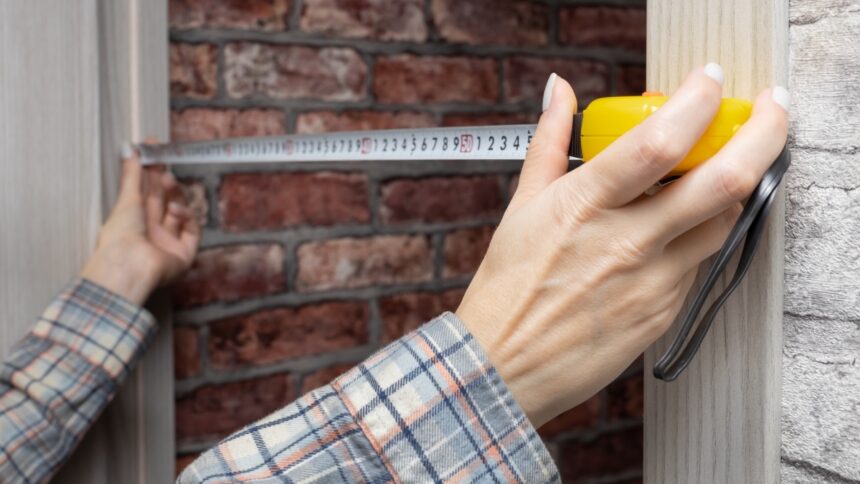Understanding Square Footage When Purchasing a Home
One of the most crucial elements to ponder when considering a property acquisition is the square footage. This measurement not only indicates the overall dimensions of the residence being purchased, but it also reflects the sizes of individual rooms. For instance, a three-bedroom house with 2,000 square feet offers a very different experience compared to one that encompasses just 1,200 square feet. Additionally, the cost per square foot serves as a benchmark for assessing nearby properties when settling on a financial offer. If a neighboring home recently sold for $1,000 per square foot, this metric aids in evaluating if the property under consideration is appropriately priced.
However, this method is effective only if all parties are applying a uniform approach to calculate square footage. Real estate listings can often be misleading, whether intentionally or not. While it’s in a realtor’s best interest to depict a property as more spacious, square footage can also prove to be a challenging figure to pin down accurately. Various sections of the house carry different valuations, and specific distinctions are made throughout the property’s areas. To avoid paying excessively for a house, understanding these variations and conducting thorough research is crucial.
Defining Living Area
The first aspect to grasp is that square footage is not simply a singular figure. Different segments of a home are assessed in various ways during appraisals:
-
Living areas (sometimes referred to as gross living area) consist of finished, above-ground spaces that are equipped with permanent heating sources.
-
Adjusted area includes the living area plus a fraction (usually half) of any terrace, balcony, or garage space.
-
Total living area (TLA) combines all living space, including all terrace, balcony, basement, and garage areas.
When assessing the value of homes nearby, it is vital to ascertain whether you are examining total area or just living area, as the latter is crucial in calculating the price per square foot.
For example, consider a property listed for $500,000, boasting a square footage of 2,000, resulting in a price per square foot of $250. To verify if this is a fair market value, a search for similar properties reveals their square footage aligns with this number. However, upon further investigation, it is discovered that the actual living area accounts for only 1,200 square feet, supplemented by 800 square feet of auxiliary space. This adjustment elevates the price per square foot to approximately $417, indicating a possible overpayment for the home based on the valuation of those additional spaces.
It’s also important to take into account that even completed spaces below ground level, like basements, are typically excluded from living area calculations, as they are usually not factored into appraisal values. While a finished basement may warrant a higher price per square foot, this space is often omitted from official square-footage calculations. Additionally, any finished area that isn’t directly accessible from the home’s primary living quarters—such as an accessory dwelling unit (ADU) situated on the property—should not be counted in the total square footage of the home.
Assessing Square Footage
No standardized laws dictate how square footage should be measured, placing the onus on potential buyers to evaluate or verify the stated dimensions of a property. While real estate professionals are expected to provide accurate data regarding a property, errors commonly arise, such as confusing living area with adjusted area or misclassifying a finished basement as part of the livable space, even when it is below grade. This confusion often stems from agents obtaining square footage data from tax records, which can be inaccurate, or from sellers who may possess incorrect or unclear information regarding what constitutes living area.
The most straightforward method to confirm the accuracy of the listed square footage is by visiting the property and taking measurements yourself. This doesn’t require perfect precision—a quick measure in each space using a laser tape measure will provide a general sense of the square footage (excluding the garage and below-grade spaces), and as long as it closely aligns with the listing, it can be utilized to formulate your offer for the property. Alternatively, hiring a licensed appraiser for professional measurement guarantees an accurate assessment and a clear differentiation between living and adjusted areas.












